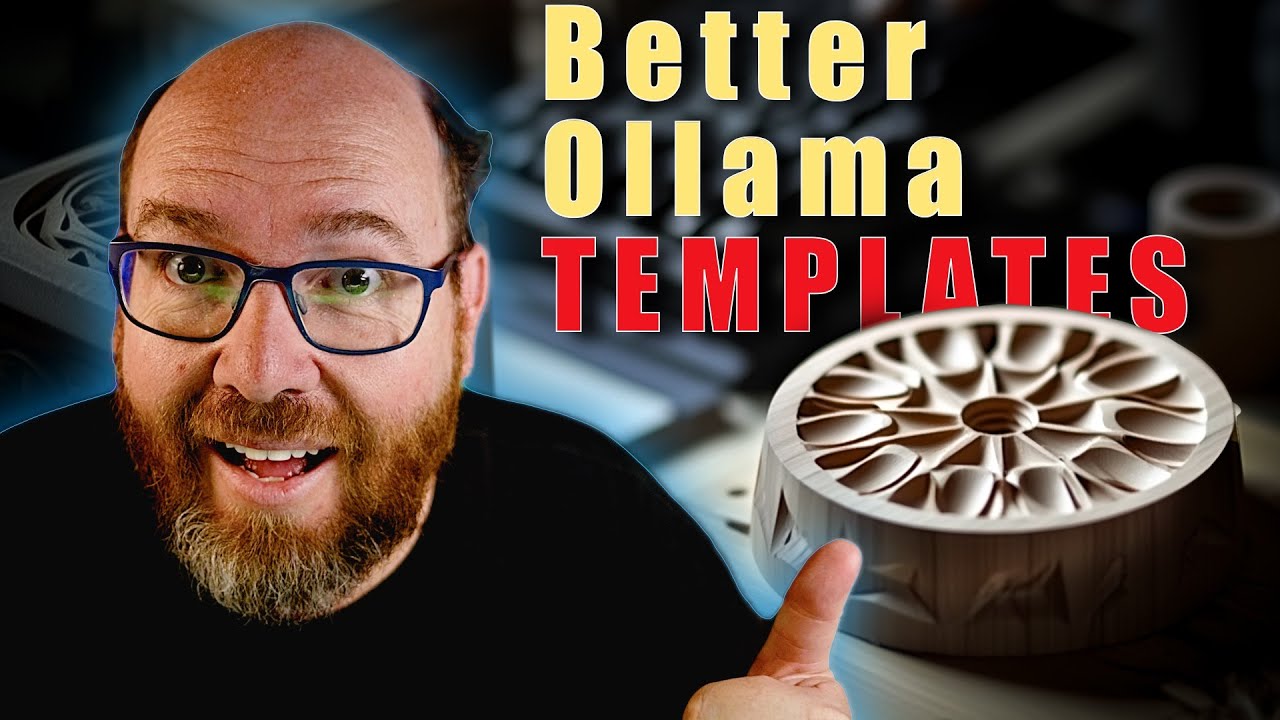The video explains the significance of templates in the Ollama platform, which simplifies the process of deploying AI models by integrating templates, parameters, and prompts directly into the models. It encourages users to start with simple template structures and gradually explore more complex ones, emphasizing the importance of understanding the underlying logic to effectively create and modify prompts.
The video discusses the use of templates in the Ollama platform, emphasizing their importance for both beginners and advanced users. Unlike other AI tools that require users to determine the appropriate template for their models, Ollama simplifies this process by integrating templates, parameters, system prompts, and licenses directly into the model. This feature alleviates the burden on users who may struggle with complex templates when importing models from Hugging Face, making it easier to get started with AI model deployment.
The presenter introduces the concept of templates by referencing the Llama 2 model from Meta, which has a specific prompt format that reflects how it was trained. The video explains the structure of the prompt, highlighting the use of “ins” blocks for the entire prompt, “sy” blocks for the system prompt, and user prompts. The Ollama template language, based on Go templates, uses double curly brackets to denote instructions and variables, making it clear how to structure prompts effectively.
As the video progresses, the presenter explores more complex templates, such as those used by the Orca Mini model. This model showcases a different prompt format that includes conditional statements to determine whether to display the system prompt based on its definition. The presenter explains how to read and modify these templates, emphasizing the importance of understanding the underlying logic to create effective prompts for various models.
The video also touches on the Mistal model, which features a more intricate template structure. The presenter critiques the complexity of this template while noting that it still follows basic principles from earlier examples. The discussion highlights the evolution of templates over time, suggesting that newer models like Small LM2 have adopted a more streamlined and user-friendly approach, which is beneficial for users looking to create and modify templates.
In conclusion, the video encourages viewers to practice building and understanding templates by starting with simple structures and gradually incorporating more complexity. The presenter advises users to refer to documentation for detailed information on template variables and to look for inspiration from existing templates when creating new ones. By fostering a deeper understanding of templates, users can enhance their experience with the Ollama platform and improve their ability to work with AI models effectively.
